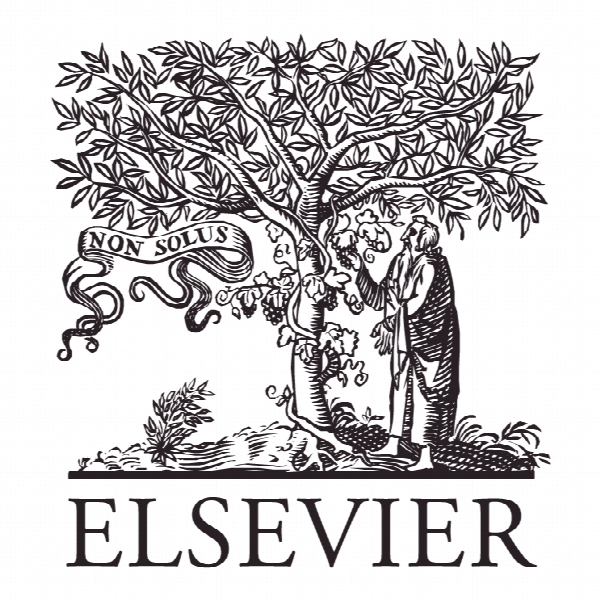خطر ژنتیکی بیماری پارکینسون در یک خط سلولی عصبی میان مغزی Parkinson’s disease genetic risk in a midbrain neuronal cell line
- نوع فایل : کتاب
- زبان : انگلیسی
- ناشر : Elsevier
- چاپ و سال / کشور: 2018
توضیحات
رشته های مرتبط پزشکی
گرایش های مرتبط مغز و اعصاب و روانپزشکی
مجله عصب شناسی بیماری – Neurobiology of Disease
دانشگاه Van Andel Research Institute – Grand Rapids – United States
شناسه دیجیتال – doi https://doi.org/10.1016/j.nbd.2018.02.007
منتشر شده در نشریه الزویر
کلمات کلیدی انگلیسی Parkinson’s disease, LUHMES, Genetic enhancers, Vesicle transport, Neurogenesis, Differentiation, GWAS, Differential gene expression, RNA-Seq, CHIP-Seq, Risk SNP
گرایش های مرتبط مغز و اعصاب و روانپزشکی
مجله عصب شناسی بیماری – Neurobiology of Disease
دانشگاه Van Andel Research Institute – Grand Rapids – United States
شناسه دیجیتال – doi https://doi.org/10.1016/j.nbd.2018.02.007
منتشر شده در نشریه الزویر
کلمات کلیدی انگلیسی Parkinson’s disease, LUHMES, Genetic enhancers, Vesicle transport, Neurogenesis, Differentiation, GWAS, Differential gene expression, RNA-Seq, CHIP-Seq, Risk SNP
Description
1. Introduction Parkinson’s disease (PD) is a neurological disorder characterized by the selective degeneration of dopaminergic neurons within the substantia nigra (Poewe et al., 2017). The resulting loss of dopamine signaling from the substantia nigra to the striatum is the primary cause of the distinctive motor symptoms associated with PD, such as rigidity, slowness in movement (bradykinesia), postural instability, and a resting tremor (Fahn, 2003). This damage is associated with the formation of intraneuronal inclusions, Lewy bodies, and Lewy neurites that are composed primarily of α-synuclein (α-syn) (Spillantini et al., 1997). The misfolding of α-syn is a key step in the development of PD pathology: the results from numerous cell culture and animal experiments indicate that oligomeric and/or fibrillar forms of α-syn are cytotoxic (Lee et al., 2014). However, the events that result in α-syn misfolding are not completely understood, even though multiple molecular pathways and cellular mechanisms that have been identified suggest that regulation of cellular homeostasis is crucial (Lopes da Fonseca et al., 2015). The heritability of PD is complex. For a succinct overview of what is currently believed we recommend, from Cell, SnapShot: Genetics of Parkinson’s Disease (Bras et al., 2015). Rare Mendelian-inherited cases of PD contribute about 10% of disease variability, whereas at least 41 common single nucleotide polymorphism (SNP) variants contribute about 30%, with each of the latter imposing low but significant risk (Chang et al., 2017; Nalls et al., 2014; Verstraeten et al., 2015). > 90% of the identified risk SNPs are located in non-coding DNA, making the assignment of potential functionality or causality difficult. We (Coetzee et al., 2016; Pierce and Coetzee, 2017) and others (Lebouvier et al., 2009; Tyson et al., 2016) have reported that diverse tissues are implicated in PD predisposition, but substantia nigra neurons are clearly most directly involved. Most recently, based on a metaanalysis of PD GWAS studies, 71 candidate loci and putative target genes were reported (Chang et al., 2017). The likely functional processes include inflammation, energy metabolism, protein degradation, vesicle trafficking, small-molecule clearing, cellular import, and oxidative stress responses, and it is clear that several of these processes are not intrinsic to the ultimately affected substantia nigra neuronal cells. Therefore, the relevant tissue and cell types in which these processes, when impaired, lead to PD is a crucial question. The unique properties of substantia nigra dopaminergic neurons may contribute to their vulnerability. Each human dopaminergic neuron contains up to one million axon terminals, many at vast distances from the soma, presenting a serious challenge to maintaining cellular homeostasis (Pissadaki and Bolam, 2013). In comparison, neocortical neurons are estimated to have from a few thousand to a few tens-of-thousands of synapses (DeFelipe et al., 2002). Aging also exacerbates this stress, as neurons do not renew themselves through cellular division and toxic products and other damage can accumulate within a cell. Furthermore, the metabolism of dopamine results in reactive oxidative species that add extra stress to the system (Ryan et al., 2013). However, not all non-dividing neurons or highly arborized neurons are subject to neurodegeneration in PD brains, suggesting that a combination of factors may be responsible for pathogenesis.


